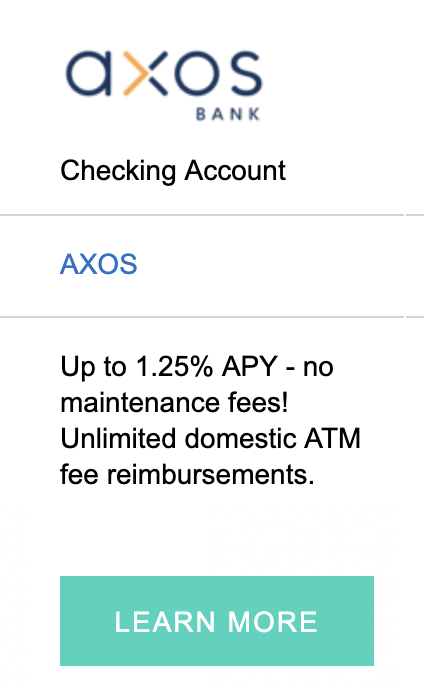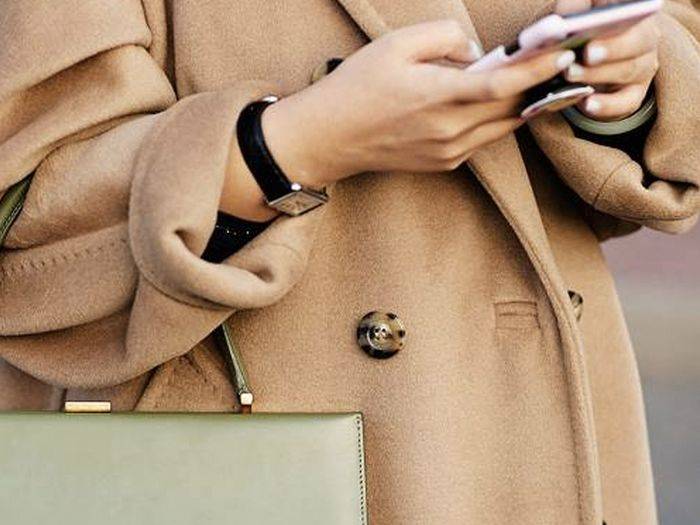Despite the influx of many other types of payment methods such as credit cards, e-wallets, prepaid cards, mobile payments, and e-transfers, checks are still commonly used these days. There’s been a significant decline in the use of checks for sure. But many people, especially business owners, use it to collect payments and pay vendors or suppliers.
When you get paid with a check, there are two ways to get access to the money behind the check: You can either cash the check or deposit it. In the process of negotiating that check, you’ll want to keep fees to a minimum and avoid making any mistakes that can cause be expensive mistakes.
How to Cash Checks
The easiest way to cash a check is to go to a bank or credit union where you have an account. If you don’t have a bank, there are several alternatives described below.
Where to Cash Checks
Get the Full Amount: The best place to cash a check is at your bank, or the bank of where the check is drawn on (i.e. that’s the bank listed on the face of the check— where the money will come from). The advantage of going to the check writer’s bank is that you’ve got a higher chance of getting the check cashed with the 100% amount immediately. This is because that bank has real-time access to the checking account, so the funds can move instantly. Many people choose this option because it almost guarantees that they will get their checks cashed. Since they have full access to the issuing account, they can verify details almost instantly and have your request approved. However, unlike if you will have it processed by your bank, you will have to pay a certain fee (which is usually higher).
Your bank’s policies: Depending on the bank’s policy, going to your own bank might only allow you to take $200 in cash, and you’ll have to wait a few days before the rest of the money becomes available. Sure, it’s possible that your bank will let you take more cash immediately. But until the check actually clears, there’s a risk that the check will bounce and you’ll have to replace that money.
If you don’t have a bank account, you can cash your check at any bank, provided that you comply with their requirements. There is usually a fee for this transaction. Additionally, you will have to endorse the back of the check by signing your name, fill out a deposit slip or sign the slip, and present a valid ID to the teller before you can cash your check.
Other locations: Cash-checking Stores: There are also payday loan shops, check-cashing stores, and cash advance shops that can also cash checks for you. However, they typically charge high fees, so it’s best to avoid those places. Over time, the fees add up. You can probably do better (or avoid fees altogether) by opening an account at a bank or credit union. If you receive at least a handful of checks every year, open a bank account. It’s your best option. In addition to saving money on fees, you’ll most likely save a lot of time if you have a bank account.
Grocery stores and supermarkets are a less expensive option than check-cashing stores. Prices might range from one to three dollars (or less). You can ask about the supermarket’s cash checking services at the customer service desk at the front of the store.
If opening a bank account in your name simply is not an option for you, consider using a prepaid card account instead. There are prepaid cards that allow you to deposit checks with your mobile phone. This saves you the trip to the check cashing store or bank branch). Once you have the card, you can use it to withdraw cash or make purchases (although you might have to wait for the check to clear before you can spend all of the money).
Should You Deposit or Cash a Check
Often, you might not need to cash a check. You can always deposit the money without taking any cash. The bank will add the funds to your account and you can use the money later. You should only get cash if you plan to spend the money soon. The money is safer in the bank, and you won’t be tempted to spend more than you need to.
It often even more convenient to deposit the check. You can deposit a from almost anywhere. Most banks also offer mobile deposits, or you can go to an ATM to make the deposit.
Before Cashing a Check
Note: Before you try to get cash, make sure the check is legitimate. If you try to cash a check that is not legitimate, you can get into legal trouble, get ripped off, or end up owing fees to the bank.When in doubt, call the bank that issued a check to verify funds in the account before you try to cash it.
When the check is not in your name, rather in your business name. It is important to complete your business registration within your state, especially if your business name is attached to a limited liability company (LLC). Additionally, if you choose to receive checks under your business name, you should create a separate account for it.
When you have a stale-dated check. There are checks that can only be cashed within a specified period. If you wait too long to cash a check, the bank may refuse your request. In most instances, uncashed checks for 6 months become stale. Moreover, you cannot cash a post-dated check until the date specified.
Where Else Can You Cash a Check?
Aside from banks, there are many other places where you can cash a check.
Payday Lending Store: In addition to services like personal loans online, payday lending stores also offer cash-checking services. Their biggest advantage is convenience. You can get your check processed in no time. Different companies have different rates. Some lenders impose a fee equivalent to a certain percentage of the check value while others charge a fixed rate.
Major Retailers: Retailers like Walmart offer check-cashing services which often cost less than that of banks and other stores. In Walmart, for example, all printed checks up to $1,000 are cashed for a fee of $4 while checks between $1,000.01 and $5,000 are cashed for $8. Kmart, on the other hand, charges $1 to cash a payroll, government-issued, two-party personal, or tax check. They also offer free check-cashing in certain states, including South Carolina and Washington. If you choose to cash checks through major retailers, do your research to be able to compare rates.
If you regularly receive checks, you should look for the best way to cash a check while saving on fees. Below are some of your options:
Open a Prepaid Card Account: There are banks that offer prepaid accounts where you can deposit checks for free. It’s very convenient because you don’t have to fall in line or ask an appointment with your bank as these prepaid cards can be accessed through ATMs. In exchange of these, banks charge a small monthly fee to account holders. This is a cost-effective option if you regularly cash checks.
Use a Checkless Overdraft-Free Debit Card: Anyone, even those who have been blacklisted by their banks, can get this type of account. It’s one of the most convenient and cost-saving options because it lets you deposit a check through your smartphone. Just like a prepaid card, you also need to pay a monthly maintenance fee for an overdraft-free debit card.
Summary
Cashing a check is often a tedious process. Not only does it take time, but banks often have rigid guidelines and many requirements. That’s why it’s much better to cash your check at the issuer’s bank. They can have your request processed almost instantly (although they may charge a slightly higher fee).
You can also cash a check at a major retailer or grocery store, at a payday lender, and through the use of prepaid accounts. Before deciding which option to take, do your research and take into account your situation, such as how frequent you cash checks. For instance, while a prepaid account seems to be the cheapest method, if you cash checks very rarely, then it will turn out to be very expensive. Research about cashing outlets in your area so you can compare the rates.
Open a New Bank Account
Rewards Checking
AXOS
Voted Best Stand Alone Checking Account by Time.com
Up to 1.25% APY – no maintenance fees!
Unlimited domestic ATM fee reimbursements.
Open today, compound tomorrow
Speaking about saving money, think about investing with your savings.
Even if you’re thinking, ‘I don’t have a lot of money right now,’ you need to save for future you.
Yes, saving and investing are two different things. But they are closely connected. Basically, you first have to save in order to have enough money to invest. And just like you don’t need a lot of cash to start saving, you don’t need to have a lot to start investing either.
You could put that $5 or $10 a week or month into an investment account with a digital investment platform like Ellevest, where your money could grow thanks to the power of compounding.
Compound interest allows any interest earned to then accrue interest on itself, so over time a small amount of money invested earlier will earn more than a large amount of money invested later. That’s why it’s so much easier to end up a millionaire if you start putting away cash in your 20s. Here’s an example of how compounding works:
Say you invest $100 today and earn 10 percent on it in the coming year; that’s $10, which means you then have $110. If you earn that same 10 percent return the next year, you earn it on the $110. So you earn $11, not $10. Do it again, and the same 10 percent return earns you $12. And so on and so on. And over time, it adds up to a lot.
An important financial lesson that many fail to understand: It’s never too early to begin investing.
There’s a rampant myth that you need to be rich to start investing. The truth is you don’t need to have a lot of cash to start investing. You can start with as little as $5, $20, $50 or $100 and grow your money from there. The key to building wealth is to be consistent and to automate your deposits. Don’t know how much to start with? The 50/30/20 budget can help you figure it out.









